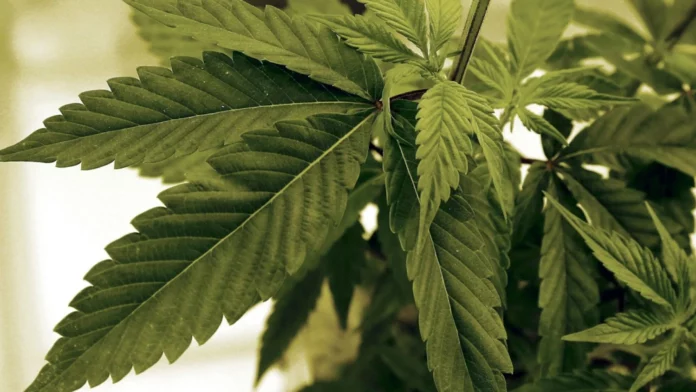Adolescents exhibiting signs of substance use issues claim that they resort to drugs due to an overwhelming need for relaxation and escapism from their concerns, according to a study released by the Centers for Disease Control and Prevention on Thursday.
The recent discoveries echo reports of increasing anxiety and depression levels among the nation’s youth, coupled with unprecedented levels of hopelessness.
Lead author Sarah Connolly, an epidemic intelligence service officer in the CDC’s Division of Overdose Prevention, notes that given the often interconnected nature of these conditions with adolescent substance use, teens seeking ways to alleviate stress and anxiety is a plausible scenario.
This pioneering study builds upon limited prior research on the motives behind adolescent drug use. It analyzes data from the National Addictions Vigilance Intervention and Prevention Program, incorporating self-assessments from 15,963 teenagers aged 13 to 18 who provided online responses regarding their motivations for drug and alcohol use from 2014 through 2022.
It is crucial to clarify that the findings do not address why teenagers initiate drug experimentation; all participants were flagged for substance use disorder and subsequent treatment.
Approximately 73% of respondents acknowledged using drugs “to feel mellow, calm, or relaxed,” with 44% utilizing substances like marijuana as sleep aids.
The same percentage mentioned drug use as a means to “stop worrying about a problem or forget bad memories,” while 40% reported using drugs to cope with depression or anxiety.
Dr. Leslie Walker-Harding, chief academic officer and senior vice president at Seattle Children’s Hospital, emphasized that 75% of young people with a substance use disorder also have a mental health condition, emphasizing the interconnectedness of these issues.
The study reinforces the need for ongoing mental health services targeting youth, highlighting the importance of understanding the reasons behind teens’ drug use to provide appropriate resources and education, as noted by Dr. Nora Volkow, director of the National Institute on Drug Abuse.
An alarming finding reveals that 84% of the participants used a form of marijuana, raising concerns about the connection between cannabis use and psychotic disorders. Less than half (49%) reported drinking alcohol, and 19% admitted to misusing prescription drugs.
Dr. Sharon Levy, chief of the Division of Addiction Medicine at Boston Children’s Hospital, expressed concerns about the long-term impact of substance use on mental and physical health, particularly highlighting the immediate and fatal consequences of opioid use.
The study also revealed that 50% of teens engaged in drug use alone, increasing their risk of deadly overdoses. The authors emphasized the importance of educating parents and caregivers about the risks associated with solitary drug use, including providing naloxone to reverse opioid overdoses.
In conclusion, addiction experts emphasize the need for open conversations with adolescents about the risks of drug use, considering it a vital step in addressing the growing concerns surrounding youth substance abuse.
